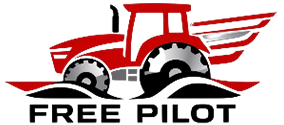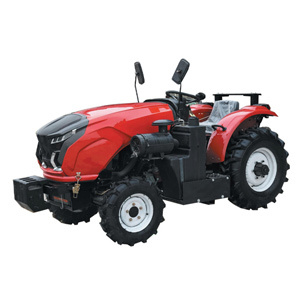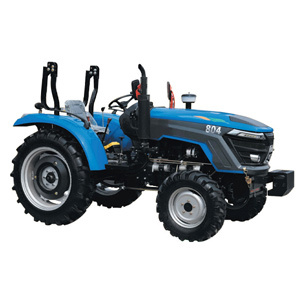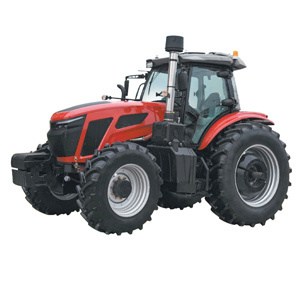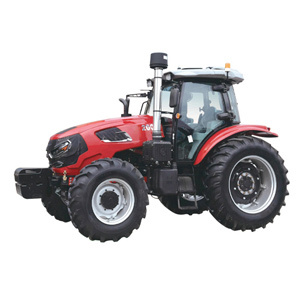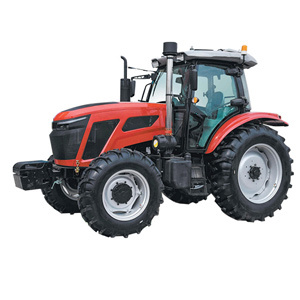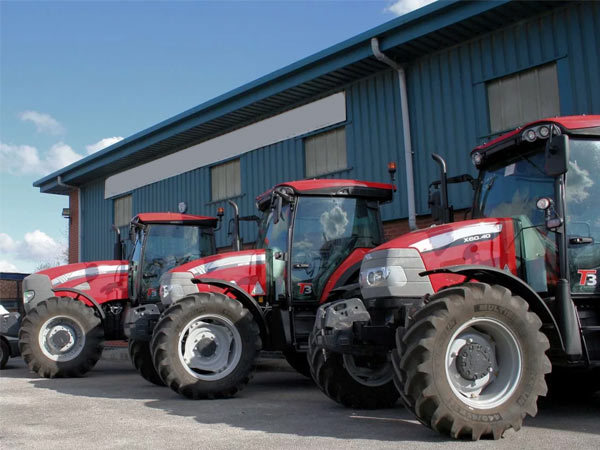Providing you with a one-stop solution for tractors
A Beginner's Guide: A Few Key Parameters to Quickly Find the Perfect Tractor for Your Farm
Release time:
2025-11-11
Stepping into the world of tractor ownership can be daunting for a newcomer. With countless models, brands, and technical jargon, it's easy to feel overwhelmed. The key to cutting through the confusion is not to become an engineer overnight, but to understand a few fundamental parameters that act as your initial screening tool. This guide will equip you with the knowledge to quickly narrow down your options and find a tractor that truly fits your farm.
Step 1: Define Your "Primary Job" – The Most Important Question
Before you look at any spec sheet, ask yourself: "What is the single most important task this tractor will do 60% of the time?" The answer to this question will guide all your subsequent decisions. Common "Primary Jobs" include:
Loader work (feeding, moving materials)
Mowing or hay operations
Primary tillage (plowing, disking)
General utility and transport
Step 2: Match Power to Your Job – PTO HP vs. Engine HP
Horsepower is crucial, but you need the right kind of horsepower.
For PTO-Driven Work (Mowing, Baling, Spraying): Focus on PTO Horsepower (PTO HP). This is the power available at the rear shaft to run your implements. Check the manual of your largest PTO implement (e.g., a rotary mower) for its minimum HP requirement and ensure the tractor's PTO HP meets or exceeds it.
For Traction-Driven Work (Plowing, Pulling Carts): Focus on Engine Horsepower and Tractor Weight. Pulling heavy loads requires a strong engine and enough weight to grip the ground. A heavier tractor with adequate horsepower is better than a light, high-horsepower one that just spins its wheels.
Step 3: Choose Your Drivetrain – 2WD or MFWD?
This is a simple but critical choice for stability and traction.
2-Wheel Drive (2WD): Power goes only to the rear wheels. Suitable only for light duties on flat, dry ground (e.g., light transport, some mowing). It's the most affordable option but has limited capability.
Mechanical Front-Wheel Drive (MFWD or 4WD): Power is sent to all four wheels. This is the modern standard for most farms.
Why it's better: Provides superior traction in mud, on slopes, and for loader work. It makes the tractor safer and more versatile. For a beginner, the added confidence and capability are worth the extra cost.
Quick Tip: For most beginners, MFWD is the recommended choice. It future-proofs your investment and handles unexpected conditions much better.
Step 4: Understand Hydraulics – The Number of Valves
Hydraulics power your loader, top link, and other attachments. You don't need to understand flow rates yet, but you must count the number of rear hydraulic remotes (valves).
Why it matters: Each function (e.g., operating a grapple, adjusting a top link on the fly, running a log splitter) requires its own hydraulic valve.
The Rule of Thumb: Even if you don't need them now, choose a tractor with at least two rear remotes. It is very expensive to add them later. This simple decision will save you from major limitations and costs down the road.
Step 5: Don't Forget the "Feel" – Transmission and Comfort
The spec sheet can't tell you everything. The operator's platform is where you'll spend your time.
Transmission Type:
Hydrostatic (HST): The easiest to operate. One pedal for forward, one for reverse. Speed is controlled by pedal pressure. Ideal for beginners and for tasks requiring frequent direction changes (like loader work).
Gear Drive / Powershift: Requires manual gear selection. More efficient for long, straight-line work like field cultivation, but has a steeper learning curve.
Operator Comfort: Sit in the cab. Are the controls intuitive? Is there good visibility? You will be more productive if you are comfortable and not fighting the controls.
Your Quick-Action Checklist:
Primary Job: [e.g., Loader Work]
Required PTO HP: [e.g., 50 HP] OR Required Engine HP/Weight: [e.g., 75 HP, Heavy Frame]
Drivetrain: MFWD (Highly Recommended)
Hydraulic Remotes: At least 2
Transmission Preference: Hydrostatic (for ease of use) or Gear (for field efficiency)
Armed with these five key parameters, you can walk onto a dealership lot or browse online listings with confidence. You'll be able to quickly filter out unsuitable models and focus on the tractors that are truly designed to be the perfect partner for your farm.
RELATED BLOG
